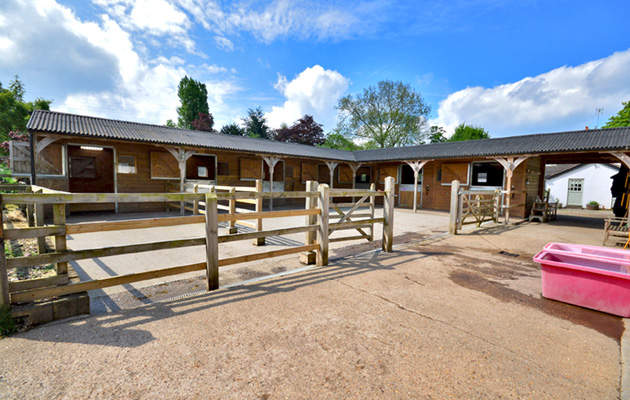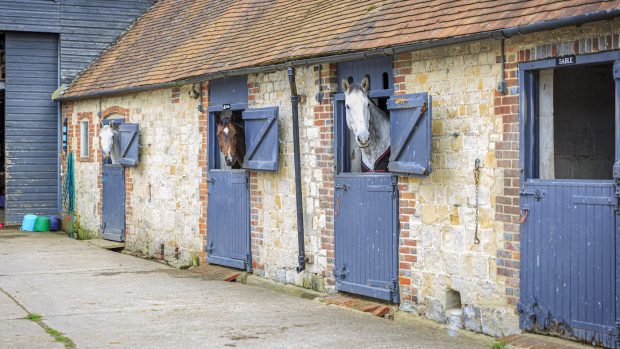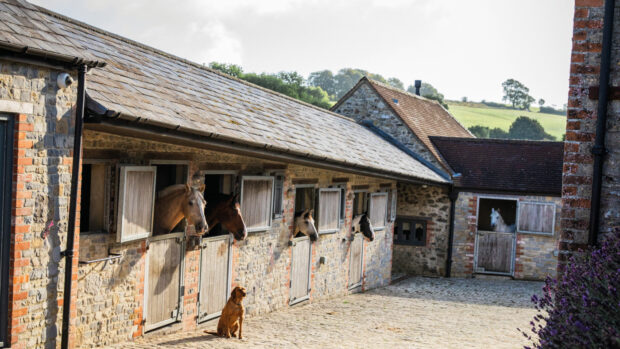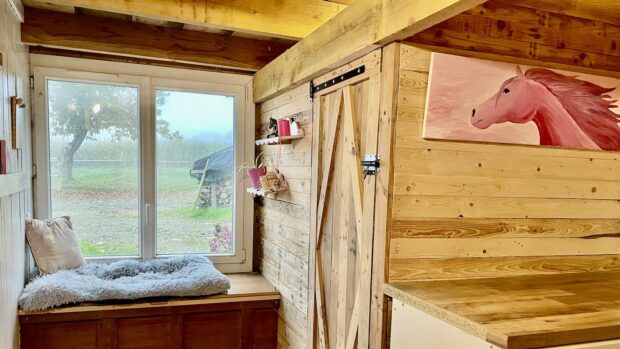Even with a moderate budget, it is possible to do more than just “make do and mend” if you are looking to improve and upgrade your stables, paddocks and arenas.
There are affordable ways to transform your set-up and improve your facilities to make life easier in the present and even enhance the value of your property in the future.
As part of HorseandHound.co.uk’s online focus on stabling, here are five things to consider before starting work on your yard…
1. Avoid false economy. Tempting as it may be, going cheap can backfire if products are badly installed or of poor quality. Buy the best you can to start with and avoid throwing good money after bad where things are older or problematic.
2. Beware hidden costs. Ask for a complete breakdown of expenses before work starts and budget for extras such as necessary groundworks or the extension of electricity or water supplies. Using local manufacturers can reduce delivery costs.
3. Investigate planning. You may need permission for new facilities — even for something that constitutes a change of land use, such as installing a horse-walker. “It is essential to obtain permission for your development as this ensures you are lawfully allowed to build your equestrian development. Failure to do so can result in costly enforcement action by the local planning authority and ultimately possible demolition of the building,” explains Tony Stevens, technical and design manager at Woodhouse Stables, a timber stables manufacturer and supplier.
Article continues below…

How to get planning permission for stables

Subscribe to Horse & Hound magazine today – and enjoy unlimited website access all year round
4. Consider design. Use the free consultancy services offered by many manufacturers to maximise space and budget. Clever stable siting can appeal to prospective buyers, according to Zoe Napier: “People like to look out of their bedroom or kitchen window and see their horses’ heads over the stable doors,” she says.
5. Plan ahead. Short-term pain can be worthwhile for long-term gain. Get organised early to lessen any disruption caused by building work.



